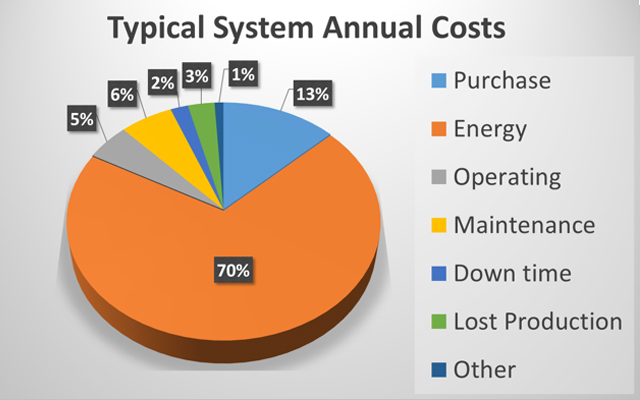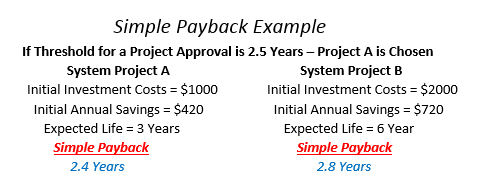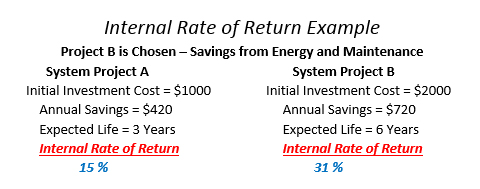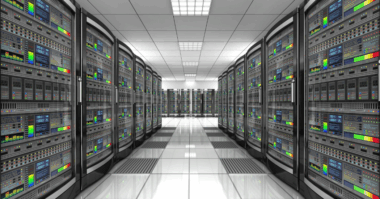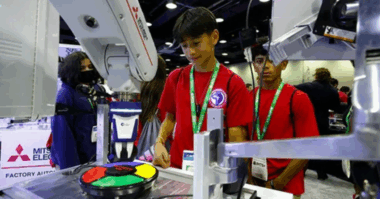Author: Henri Azibert
As we discussed in last month’s article, there are costs in pumping systems that are often overlooked. We analyzed the potential cost of leaks, and this month we are going to look at all the various constituents of operating an industrial system. The initial and most obvious cost is that of the equipment itself. Much attention is paid to it. Requests for quotes are sent out, comparisons are made, and arduous negotiations ensue. However, the entire cost of operating the equipment through its effective life is most often ignored.
Below is a list of the typical component costs associated with a system.
- initial purchase (equipment, support system, auxiliary services)
- installation and commissioning
- operating cost (labor cost of normal system supervision)
- equipment maintenance (parts, man‑hours)
- Equipment support system maintenance & repair
- down time and loss of production
- environmental
- energy
- decommissioning and disposal
The image shows a typical repartition of the various costs. The numbers will vary depending on the actual application, but this example would be fairly typical. When a piece of equipment is purchased, such as a pump, a valve, or a seal, the prime consideration is the acquisition cost or purchase price. Little attention is paid to the other actual costs of installing, operating, and eventually decommissioning the equipment. Prospective vendors are contacted, different options are evaluated, and the one with the lowest purchase price is most likely to be chosen. Yet this selection can easily be the most expensive solution over the life of the equipment. The initial cost is but a small constituent of the overall costs; most often energy costs are by far the largest factor.
There are a number of tools used to evaluate an investment in capital machinery.
- Simple Payback (SPB)- Time for the capital investment cash inflows to equal outflows.
- The main advantages are that it is a good first screening method, easily understood and applied, and a simple method to compare merits of different projects. The disadvantages are that the time value of money not considered, the timing of cash flows is usually not included, and you cannot effectively distinguish between projects with the same payback periods.
- Internal Rate of Return (IRR) – Rate of return on capital invested.
- The main advantages are that it shows annualized rate of return over time, and it is a widely used and accepted method
- Disadvantages includes that it does not consider scale of project, the projects with highest IRR are not necessarily the highest priority, and it assumes the invested project cash flow brings equal return over the life of the project.
- Present Value (PV) – Value on future payments
- Discounted for time value of money – It can include risk & inflation
- It employs the present value of future costs and uses a specified Discount Rate
- Net Present Value (NPV) – Sum of the present values of all expected future cash flows taking into account multiple cash flows (incoming & outgoing)
- The advantages are that is considers time value of money, calculates PV of all costs for given discount rates. It is a very precise method.
- The main disadvantage is that it is sensitive to the reliability of future cash inflows
There are calculators available from Association websites that can help with detailed calculations. Operating costs need to be factored in any capital purchase decision. What can be an initial saving of $200.00 can easily turn in an extra cost of $1,000,000.00 over the typical 20-year life of an industrial system. Life cycle costs should be the determining factor in choosing between alternative systems as it is the only accurate measure of the profit that can be realized over the useful life of the equipment.

